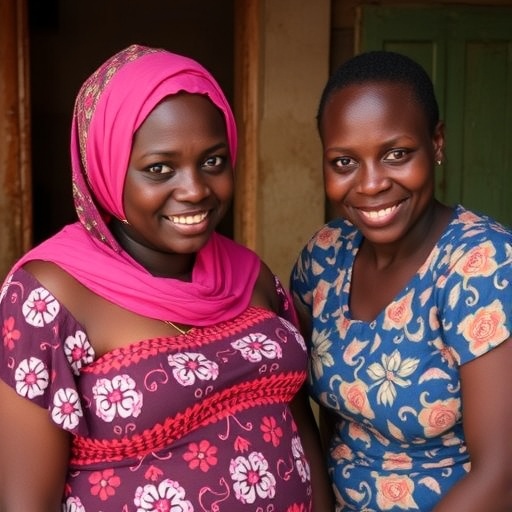Male salmon are maturing earlier and becoming smaller, and it shows in their genes. This was the discovery of a study that examined scale samples from salmon in the River Teno in Northern Finland over a 40-year period, and looked at the population genetic profile of a gene that determines salmon's age of maturity and size. The results show that the 'big salmon gene version' has become rarer in the population over time, and has been replaced by the 'small salmon gene version'.
The study, conducted by scientists from the University of Helsinki in co-operation with Natural Resources Institute Finland and the University of Turku, was published in the journal Nature Ecology and Evolution and was featured on the magazine's November issue's cover.
Previous work by the consortium has shown that the age at which salmon mature is getting younger, and consequently also the size of salmon that are spawning is getting smaller. They also identified a single gene Vgll3 that has a large influence in determining the age at which salmon reach sexual maturity. They identified two forms or alleles of the gene that appear to signal to the salmon to either mature later at a larger size or mature earlier at a smaller size. The later salmon mature, the bigger they grow.
"We knew from our earlier research that the age at maturity had been decreasing over this period. Now we wanted to see if there were signs of this also at the genetic level, that is, whether it was an evolutionary change," professor Craig Primmer from the Faculty of Biological and Environmental Sciences at the University of Helsinki explains.
"Basically, if we see that 'salmon are shrinking', we can't be sure if it is evolution. For that, we need to know there are also changes in their genes. Now we also have that information, and we can say that we can demonstrate 'evolution in action'."
The change in genes indicates that the size decrease is not just a 'plastic' or a temporary change brought on by other factors that do not necessarily require changes in gene sequences, such as changes in hormone levels. Instead the change has an evolutionary basis. Being big is not as much of an advantage to salmon as it used to be, and the salmon are adapting to this new reality.
"This is another example de-bunking the myth that evolution takes millions of years," said Yann Czorlich, the first author of the study from the Natural Resources Institute Finland and the University of Turku. "On the one hand, this can be considered a good thing seeing it means there is hope for salmon to adapt to their changed conditions. But on the other, it's bad news for anglers want to catch big salmon and join the '20 kilogram club' as there may be fewer big salmon in the future unless we can identify and halt the factors causing their decline."
As a part of his PhD studies, Czorlich is preparing to address the reasons for why salmon might benefit from being smaller in a future paper, but one theory is that salmon today are more likely to die during their time at sea either because of fishing or other reasons, and would thus benefit from returning to the rivers to spawn sooner rather than later.
The scale samples used for the study came from a long-term scale archive maintained by the Natural Resources Institute Finland. The archive keeps samples from more than 150,000 salmon individuals collected by volunteer fishermen since the 1970's from River Teno, one of the most prolific salmon rivers in Europe. The scales were then used to determine the age structure of the salmon population. They were also the source of DNA for genetic analysis.
###
Contact:
Craig Primmer
Academy Professor
University of Helsinki
[email protected]">[email protected]
+358503116374
Jaakko Erkinaro
Research Professor
Natural Resources Institute Finland
[email protected]">[email protected]
+358295327871
Tutku Aykanat
Post-Doctoral Researcher
University of Helsinki
[email protected]">[email protected]
+358503108974
Media Contact
Craig Primmer
[email protected]
@helsinkiuni
http://www.helsinki.fi/university/
https://www.helsinki.fi/en/news/sustainability-news/salmon-are-shrinking-and-it-shows-in-their-genes
Related Journal Article
http://dx.doi.org/10.1038/s41559-018-0681-5




